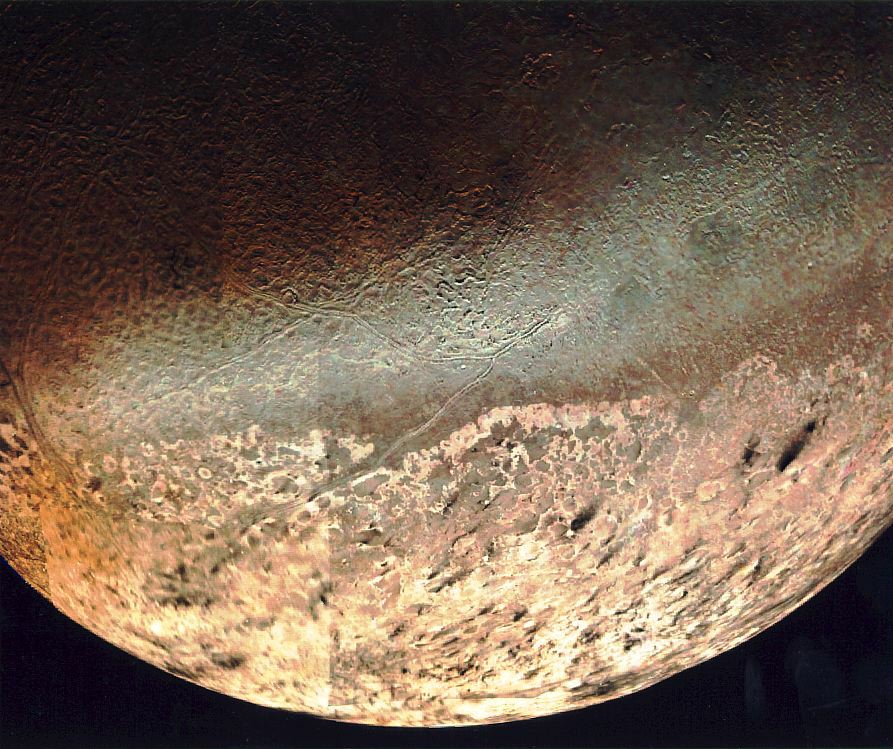[/caption]
When objects in the Solar System orbit other objects, they can either go in a regular prograde direction, or in a retrograde direction.
Almost all of the orbits in the Solar System are caused by the initial collapse of the Solar System 4.6 billion years ago from the solar nebula. As the cloud of gas and dust collapsed down into the stellar disk, the conservation of angular momentum caused the disk to rotate. The Sun formed out of a bulge in the center of the Solar System, and the planets formed out of lumps in the protoplanetary disk.
And so, all of the planets in the Solar System orbit in a prograde direction. And then the planets themselves also collapsed down, and started rotating because of the conservation of angular momentum. And again, almost all of the planets rotate in a prograde direction; except one: Venus. When seen from above their north pole, all the planets rotate in a counter-clockwise direction. But Venus is actually rotating in a clockwise direction.
It’s believed that most of the moons in the Solar System formed in place around their planets. And so they orbit in a prograde direction as well, orbiting in the same direction that their planet turns. There are a few exceptions; however, like Neptune’s moon Titan, which orbits in a retrograde direction.
Because the Earth and the planets are orbiting the Sun, we get a changing perspective of their position as we go around the Sun. The planets can seem to slow down, stop, and then move backwards in the sky. Of course, they’re not actually going backwards in their orbit, but we’re seeing that from our perspective. When the planets move in this backwards direction, they’re said to be “in retrograde”. And then they start moving forward again and come out of retrograde.
We’ve written a few articles about retrograde orbits for Universe Today. Here’s an article about Mercury in retrograde, the 2009 Mercury retrograde dates, and here’s an article about Venus in retrograde.
If you’d like more information on orbits, check out this cool list of orbit diagrams. And here’s more info on Neptune’s moon Triton, which follows a retrograde orbit.
We’ve also done an episode of Astronomy Cast about Neptune. Listen here, Episode 63: Neptune.

